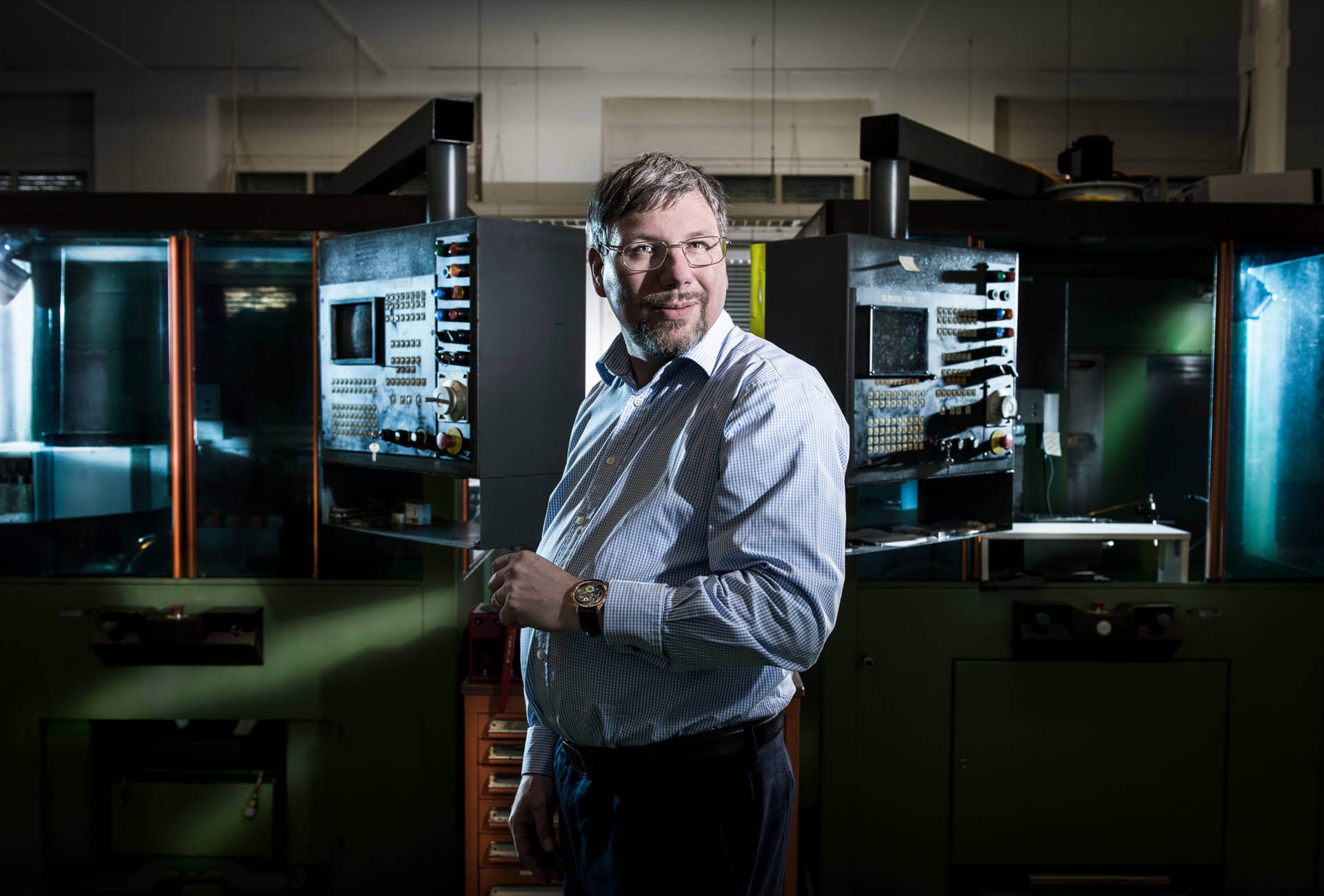A craftsman working in tranquil surroundings is bound to produce something extraordinary. However lacking in originality this statement may seem, it has more than a ring of truth. Take the example of Andreas Strehler, whose workshop in Sirnach, a delightful hamlet a half-hour’s drive from Zurich, resembles the picture-postcard images of a peaceful, pastoral Switzerland. When in 2006 the watchmaker finally had to admit he had outgrown the family garage in Winterthur, no longer able to contain the machines and tools of his expanding business, he tracked down a former textile mill in a municipality that had not the least connection to watchmaking. “I wanted to stay in the region. I was born here, and came back here after four years with Renaud & Papi, my first job on graduating as a watchmaker-repairer. Back then, in 1995, when I decided to set up on my own, I could easily have found premises in Le Locle or La Chaux-de-Fonds, near my first employer. The reason I didn’t is that there is no competition here, particularly for restoration work. Also, keeping a certain distance allows me to work with relative discretion, which would be impossible were I anywhere near the big Manufactures in French-speaking Switzerland, where nothing stays secret for long!”
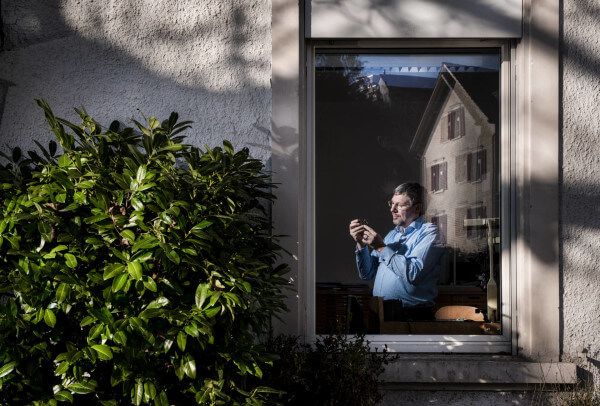
Well-schooled
Discretion – or as many see it, guilty silence – is a defining trait of traditional watchmaking. Still today, despite the difficulty of keeping up the big fat lie that their calibres are made without any outside help, brands continue to maintain a veil of secrecy. Andreas Strehler may well work for the big-shot manufacturers, he is rarely authorised to mention any names. Nothing filters through, except for the chronographs developed for Chronoswiss and Maurice Lacroix, a collaboration with Kari Voutilainen for the Chapter 3 watch by Maîtres du Temps, and the series of movements produced for H. Moser & Cie as part of the brand’s relaunch in 2002, orchestrated by Jürgen Lange with finance from Thomas Straumann. They include the Perpetual 1, winner of the Complication Watch prize at the 2006 Grand Prix d’Horlogerie de Genève (GPHG). It’s been revealed too that Andreas Strehler is involved with Garrick Watch Company, a young British brand, launched by Simon Michlmayr, that is now making its own calibres. The rest is supposition, even though Strehler has turned his hand to everything time measurement can offer in the way of complications.
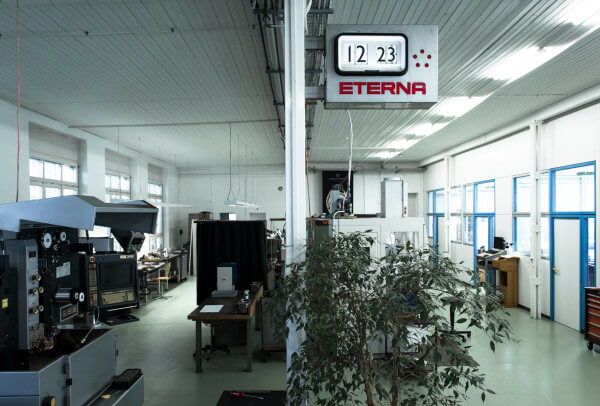
After all, he’s been well-schooled. Newly qualified, he became the first watchmaker to be taken on by the founding members of Renaud & Papi. Hired as a prototypist, he was soon making headway as a movement builder and designer, part of the team led by Robert Greubel. He got down to work on the RMA 90 calibre, a project for a minute-repeater movement that Audemars Piguet had launched in 1990. The mechanical movement was making its comeback, and Renaud & Papi was turning into a hotbed of talent. Alongside Giulio Papi and Dominique Renaud, already seconded by their fathers, sisters and wives, came Bart and Tim Grönefeld (Men’s Watch Prize, GPHG 2016), Stephen Forsey and Christophe Claret. This “dream team” was joined at evenings and weekends by more watchmaking fanatics; the likes of Kari Voutilainen, at that time with Parmigiani, and the McGonigle brothers, John and Stephen, both at Audemars Piguet. Peter Speake-Marin would make his debut shortly after.
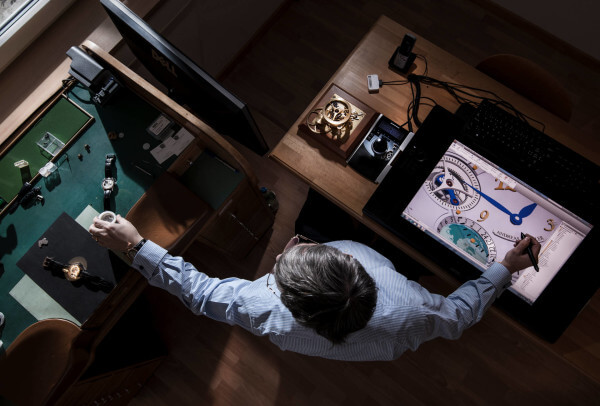
On the industry radar
Surrounded by so many distinguished watchmakers, whose destines are today well-known, it’s easy to see why Andreas Strehler felt the urge to set off on the road to independence… the very one that would take him back to his native Winterthur where he could always count on Robert Greubel, who contracted him to assemble complicated watches for Renaud & Papi. Should any antique timepieces come in for restoration, he jumped at the chance. For a watchmaker just starting out, this was food on the table. As well as food for thought for Andreas Strehler, who was already intent on making his mark. Something he knew he would never achieve as long as he remained in the shadows. “I wanted my first piece to be important, and different to the projects at Renaud & Papi. This inspired me to develop a fully mechanical desk calendar.” Not since Abraham-Louis Breguet and his Sympathique Clock (in which a pocket watch is inserted into a recess in the master clock to be automatically wound and set to the correct time) had anything quite so astonishing been made. Strehler’s Tischkalender was in fact even more complex than Breguet’s clock. This perpetual calendar has a mechanical memory that resets the day, date and month as soon as the absent owner returns and slips the damascene steel pocket watch back into its housing.
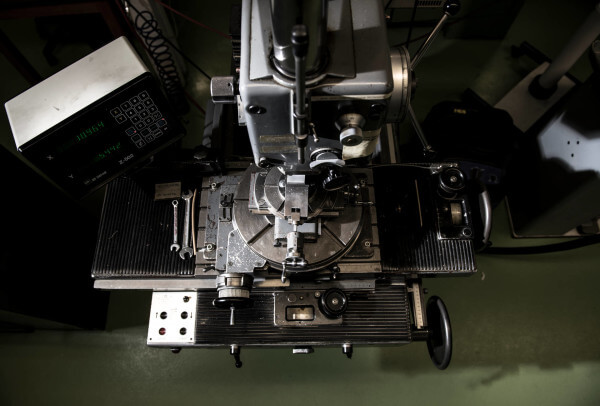
With such an exceptional creation under his belt, and encouraged by his recent induction into the Académie Horlogère des Créateurs Indépendants – its youngest member at just 27 years of age -, Andreas Strehler decided to take his first steps at the world watch fair in Basel. This would be the start of something big, he was convinced. This way, fame and fortune! But his hopes were soon dashed. No-one had heard of Andreas Strehler and no-one particularly cared. History repeated itself the following year, when he returned with Zwei, a pocket watch that indicates hours and minutes or, at the push of a button, date and month with the same hands. But while the public and the horological press might have turned up their noses at the young watchmaker, industry didn’t. The Strehler name had registered on brand radars and soon he was taking orders to develop new movements. Business expanded such that he set up a company, UhrTeil, so as to make a clear distinction between his contracting work and what he still believed could be the growing family of watches that bore his name. Provided he had the time, that is, as brands jostled at his door. Among them was Harry Winston. The firm commissioned Strehler for its Opus 7, in which hours, minutes and power reserve are alternately displayed on a disc that turns when the crown is pressed. Sixty-one pieces would be made. Andreas Strehler had moved up a level. In 2006 he swapped the family garage for new premises in Sirnach.
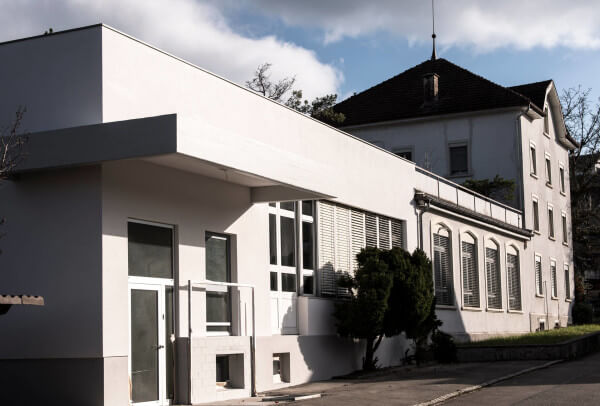
"Horological Darwinism"
“It was ten years before I sold my first watch. My work for brands helped me progress as well as build up a fleet of machinery, some of which I developed myself. This has given me all the flexibility I need in terms of production as, apart from balance springs and mainsprings, I can machine everything myself. This includes the conical gears, a specificity I initially developed for the remontoir d’égalité in the Sauterelle. As for the exterior, after producing cases here then outsourcing, I expect to bring that aspect of production back in-house fairly soon.” Andreas Strehler is now in a position to devote half his time to his own watches, never exceeding a dozen or so a year as befits this type of exclusive production. “As a watchmaker, it’s my role to devise, manufacture and assemble my timepieces myself. This is why I always insist on the fact that I’m not a brand. I’m a creator and I make watches under my name using modern technologies but in a traditional spirit. It matters to me that a hundred years from now, my watches can still be repaired and are still representative of quality watchmaking down to the smallest detail.”
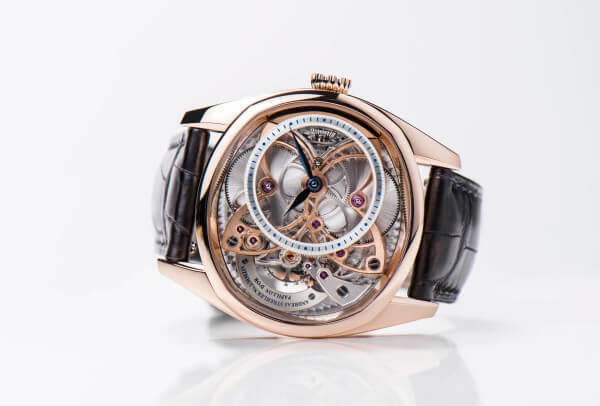
The first model to lay the foundations for the Strehler style was unveiled at Baselworld 2008. Papillon, whose open movement “mysteriously” indicates time on double barrels, had been simmering away for years and was clearly the starting point for a collection with a distinct identity. At a time when complications were all the rage, Andreas Strehler struck out on a different route with apparently simple watches whose functions are in fact rooted in complex mechanisms. “I don’t go looking for complication for the sake of complication. Innovation is about finding means to build movements that are both simpler and produce better results.” Equally non-negotiable, his movements must exert the same fascination as a tourbillon, the queen of complications when Strehler was developing his Papillon watch, but not belong to that particular movement family. In a word, they must resemble living organisms whose parts, all essential but limited in number, must find their place not to fit in with a particular design but as a logical evolutionary consequence. This “horological Darwinism” would take the form of a movement having a central plate with a butterfly-shaped bridge on the dial side, conical gears, twin barrels, sapphire wheels for the hour and minute indications, and an in-house escapement.
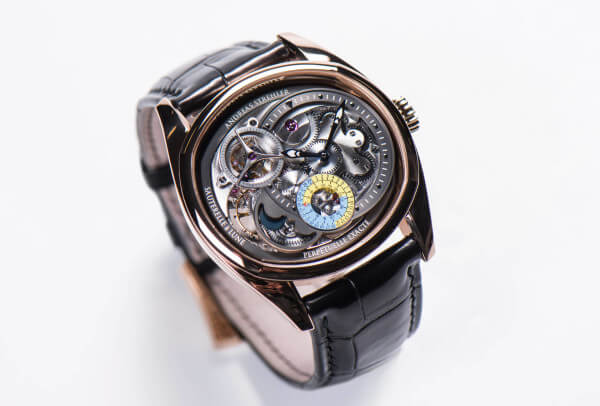
The Papillon was followed by the Cocon, in 2012, then a year later by the Sauterelle which combines a constant-force escapement with small seconds on the remontoir d’égalité. The Sauterelle à Lune Perpétuelle 2M, presented in 2014, entered the Guinness Book of Records as the most precise moonphase indication, requiring correction by one day every… 2.045 million years (!). In a repeat performance, Andreas Strehler returned just a few months later with the Papillon à Lune Exacte which shows the age of the moon to within three hours. After the Papillon d’Or, this year he presented the Time Shadow, his eighth creation which shows hours on a disc and minutes by hand. Each of these timepieces, all with complications that are integrated into the movement, demonstrate an art that will once again be in evidence at Baselworld 2017, where Strehler will present a world time watch. The diagrams take up the entire screen of the vast computer platform that is Andreas Strehler’s notebook. This time, he can expect a welcome on a par with his talent…








